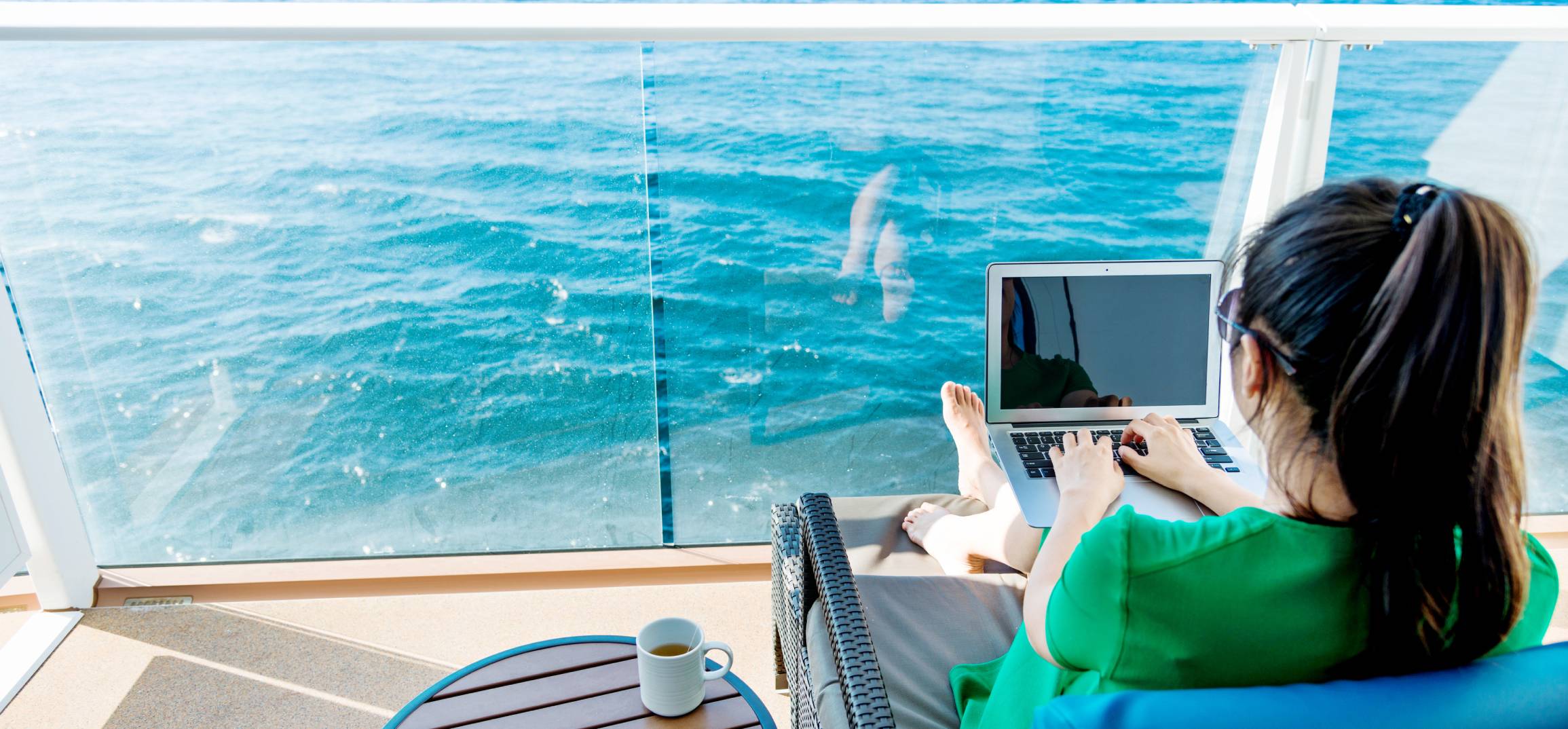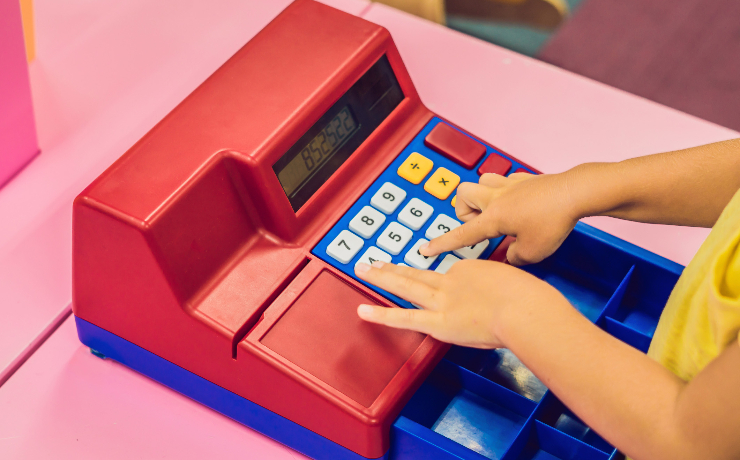Bleisure Time: A Guide to Mixing Fun with Work Travel

By Sarah TreleavenJune 7, 2022
As pandemic restrictions ease, business and conference travel is back on — and adding on some vacation time to your work travel might be one of the easiest (and most cost-effective) ways to dip your toe into the world of post-pandemic travel.
While some might remember their pre-pandemic work trips as harried or draining, Nadia Yee, who works for a pharmaceutical company in Mississauga, recalls many of her trips fondly.
There was the time she went to Rome for a conference and ended up tacking on several days, some of which were used to meet her sister on the Amalfi Coast. And there was the time she went to St. John’s, N.L, for meetings and ended up staying on to go whale watching.
“I love travel and I always try to add extra days,” she says. “You’ve already taken the time to fly out there and your company has already paid for part of the trip, so it’s a good opportunity to explore and find out more about the place you’re visiting.”
What does blended travel really look like?
As pandemic restrictions ease, business and conference travel is back on — and adding on some vacation time to your work travel might be one of the easiest (and most cost-effective) ways to dip your toe into the world of post-pandemic travel. It’s a trend known as “bleisure” travel. And while this trend certainly preceded the pandemic, it’s poised to take on new significance as we rebalance our lives.
Suzanne Neufang, CEO of Global Business Travel Association (GBTA) prefers to call this trend “blended travel”—though she’s also heard the terms “bizcation” and “workcation.” Labels aside, she says it involves tacking personal travel onto any business trip and might also involve bringing along or meeting with friends and family. “Although blended travel isn’t a new concept, it has seen a renaissance, and even evolved, due to the pandemic,” says Neufang. “Today, there are more opportunities to combine business and leisure travel because of the emergence of digital work access and people’s desire for flexibility on where to do that work coming out of the pandemic.”
That renaissance is related to several post-pandemic factors, says Neufang:
- The pandemic forced a reassessment of work-life balance for many — especially when so many more people were working from home. In that context, what does taking a break really look like? In many cases, it includes a change of scenery, especially for remote workers who can set up their office anywhere. Neufang points to recent data suggesting that only eight per cent of office workers in New York City are coming into the office five days a week.
- There’s been a rise in “return-to-base” travel, which refers to employees who are required to periodically come into an office but now live much further away. When making that trip — especially if the office is several hours away — some workers might choose to tack on extra time or activities.
- Some companies are encouraging fewer business trips that are longer in duration and that can include multi-city trips that cover a whole region rather than a single market. In this context, it can be tempting to extend travel or take a handful of days off to explore.
- A focus on sustainability has many individuals and businesses asking whether they can consolidate activities—for example, a single set of flights that will serve both business and leisure purposes. “Typically, business travellers find themselves going to great and interesting places for work but many times they were just flying in and out,” says Neufang. “So, with blended travel, that’s a win for people and the planet.”

Burned-out workers are eager to get back into the world
Neufang says the organization has been regularly surveying business travellers since the beginning of the pandemic. In one survey earlier this year, 82 per cent of business travel managers declared that, as business travel resumes, their employees are as or more interested in combining business trips with a vacation. And that ties in with another trend, too: Workers, many of whom might have been feeling a little burned out pre-pandemic, are extremely eager to get back out there; 86 per cent of respondents told GBTA that they miss travelling for business.
Another interesting finding by the GBTA is that 44 per cent of business travel managers expect meetings with clients and customers to be held increasingly in non-traditional settings—think coffee shops or co-working spaces versus a conventional boardroom. “This aligns well with being able to work from anywhere and blended travel,” says Neufang. After all, taking that Zoom call while you’re visiting paradise might not be so terrible if you can connect from the pool deck.
Beware of distractions and common pitfalls
Still, it’s not all smooth sailing when it comes to integrating work and personal travel. Neufang says that these trips can, at times, test a person’s ability to focus on the work at hand — easy to understand if you’re trying to meet your job commitments while also confirming restaurant reservations, car rentals and other plans. “Time zone differences, being in a beautiful location, and the tug of family and friends are a few things that might challenge your ability to focus,” she says. Employers are also likely on the lookout for any flagging productivity related to extended or blended travel arrangements.
How to make work trips work for you
Neuburg has several suggestions for how to make the most out of bleisure or blended travel experience — especially if there isn’t a clean divide between work and play and you’re still expected to be on the clock. First, make sure you have the self-discipline to focus on any work commitments before extending your trip. Second, communicate clearly with any friends or family you’re intending to meet so they understand when you will and won’t be available. And third, make sure you have the technology you need to stay connected, especially if you’re travelling remotely or internationally.
Yee has her own set of tips, including reading food blogs for local tips on restaurants and consulting travel magazines for new hotel openings. But, for her, a great blended travel experience ultimately boils down to managing expectations. When she visited St. John’s, she initially wanted to go hiking in Gros Morne National Park — a seven-hour drive. “I just decided it wasn’t worth it for me,” she says, citing her time restrictions. She plans to return another time, on a dedicated vacation, with her family.
Things our lawyers want you to know
This article is intended as general information only and is not to be relied upon as constituting legal, financial or other professional advice. A professional advisor should be consulted regarding your specific situation. Information presented is believed to be factual and up-to-date but we do not guarantee its accuracy and it should not be regarded as a complete analysis of the subjects discussed. All expressions of opinion reflect the judgment of the authors as of the date of publication and are subject to change. No endorsement of any third parties or their advice, opinions, information, products or services is expressly given or implied by Royal Bank of Canada or any of its affiliates.




